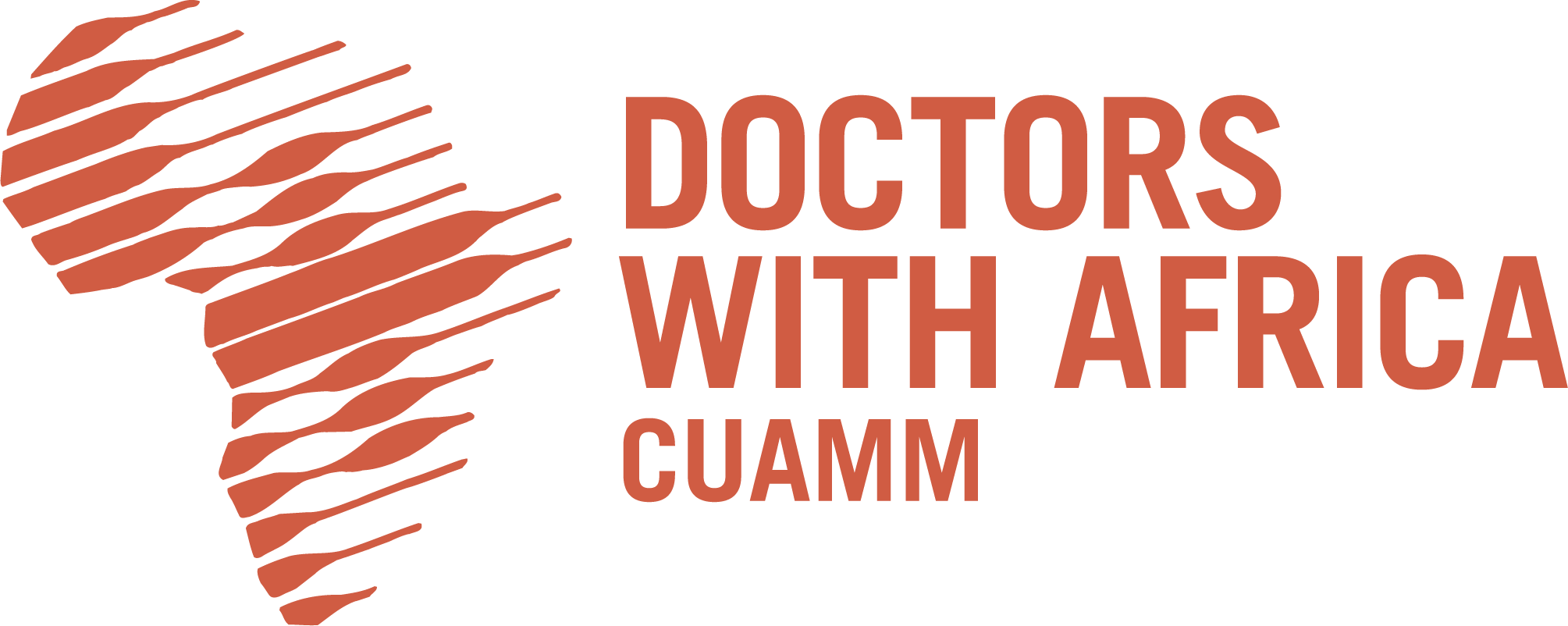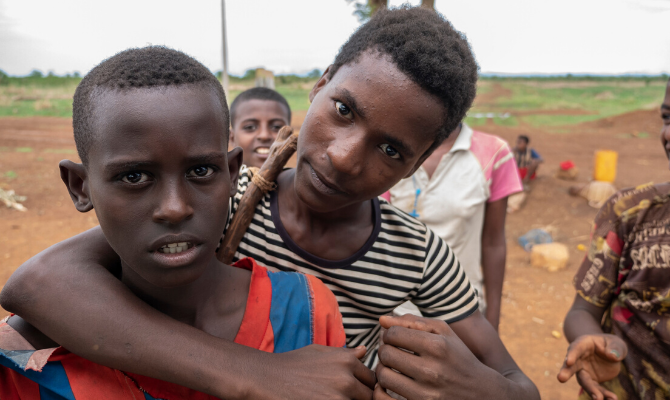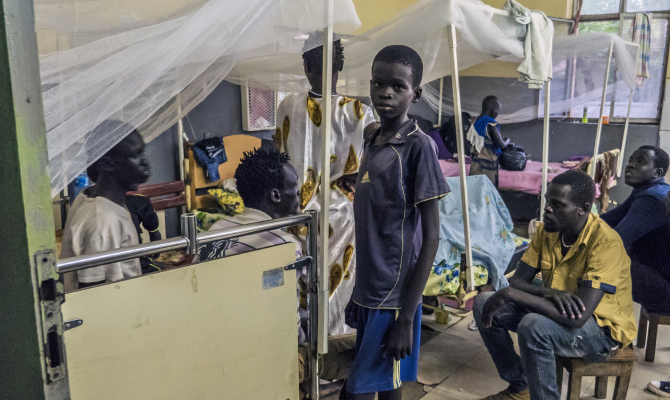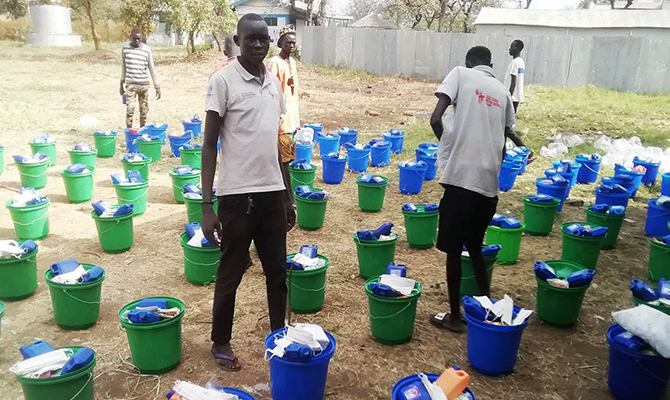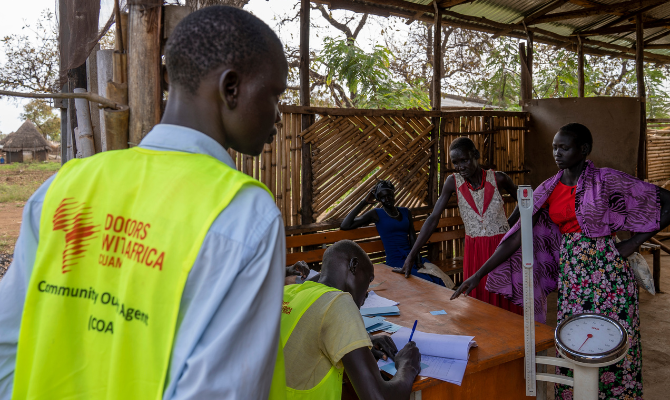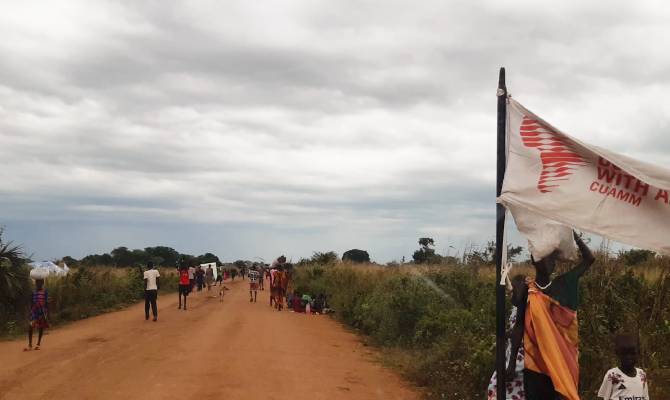The first case of Covid-19 recorded in the Gambella region of Ethiopia was a South Sudanese refugee, who in early June went through border health checks and was quarantined at the border. June 20 is World Refugee Day, and, this year, the humanitarian community considers refugees to be particularly at high risk for Covid-19 because they often live in overcrowded facilities where it is hard to ensure minimum hygiene measures. In Gambella, an especially poor region of Ethiopia, these concerns apply to everyone, not just refugees.
As of March 2020, the Gambella region has taken in over 315,000 South Sudanese refugees, people who had escaped from the recent civil war, were received by the Ethiopian government, and given the chance to build their own homes in specific camps. Full-fledged cities sprung up in a few months. Right now, the refugee population in the Gambella region is two-thirds that of the resident population, and there are plenty of opportunities for contact between people, raising concern about the coronavirus.
Nahome Melesse, field officer of Doctors with Africa CUAMM in Gambella, explains, “Both refugees and residents are Nuer and so share a culture and language. This can make contact easier and border and movement control more difficult. Many refugees leave the camp, meet residents, and often return to South Sudan where they have some of their family or their cattle, which are the most valuable asset they may possess. These movements, along a vast and difficult to control border, are a significant risk factor for the spread of Covid-19.”
To date, 3,700 coronavirus cases have been confirmed in Ethiopia, 1,800 in South Sudan. Both countries have seen a spike in the last three weeks, and it is feared that there may be many more cases than reported given that tests are expensive, take time, and often can’t be done in rural and border areas, like Gambella.
Doctors with Africa CUAMM’s has been active in the region since 2017 and has always taken into account the needs of both groups, refugees and host communities alike, working outside of the camp to strengthen and train workers in the regional health system as well as building and managing a birth center in the Nguenyyiel refugee camp.
Nahome Melesse continues, “In this birth center, we have introduced new triage procedures to identify women who may have Covid. But, due to the risk of contagion, however, it is now harder to provide community support for awareness-raising and providing people medical treatment, while we continue to carry out the training of staff in the regional health facilities, including providing protective material, indispensable right now.”
The “white man’s disease”
While the world has had to adapt quickly to a completely new virus, often shifting strategies and risk perception, there is still little alarm in the camp amongst the refugees, as Matteo Bottecchia, project manager of Doctors with Africa CUAMM in Gambella, explains:
“Due to fake news spreading inside the camps, many South Sudanese refugees still see ‘korona’ as a ‘white man’s disease,’ which does not affect them. Recent developments in South Sudan may gradually change this perception, but there is a lot of work to be done to properly communicate the risks and the need to protect yourself from contagion.”
United against the virus
Since 2017, Doctors with Africa CUAMM has worked to support the health system inside and outside the camps, and its approach can be particularly useful against the coronavirus:
Bottecchia also says, “An important lesson of the virus is that health systems are necessarily united, and it doesn’t make sense to make artificial divisions between, for instance, inside and outside of the camps. The pandemic proves this: the infection can come from any direction and spread in refugee camps and the surrounding communities. Epidemic surveillance measures and the management positive case must be joint and coordinated. It would be foolish to try to act in strictly divided compartments. CUAMM has always taken this approach, aware that a strong integrated health system, from health centers to the regional local hospital, benefits everyone and follows the principle of the right to health for all.”
